5 reasons for manufacturing prototypes in Tokyo
5 reasons for manufacturing prototypes in Tokyo
For most of the people outside of Japan, manufacturing prototypes in Tokyo may not come up in their mind. But you may be missing a great opportunity to utilize the hidden resources to optimize your R&D operation. Let me give you 5 reasons to consider Tokyo as one of your destination for prototype development.
Introduction
Suppose you’re looking for a factory to manufacture prototypes. I suggest you seek your local manufacturers first— it has many benefits to do so.
You can meet them face-to-face. No hassle to transport the products beyond the border, saving significant time and money for shipping. And you’ll most likely find somebody who knows the factory well – a source of information to discern who to trust and who not to.
In the other hand, working with manufacturers abroad is quite difficult, sometimes very messy. You will face different language, different culture, and different standards. You may end up in a nightmare with high defect rate, sudden silence and no response to your call. Shipping and customs duties will increase your costs significantly. And you may lack information to evaluate the company you work with.
But what if local factories can’t handle your special or complicated need or meet the precision you set? Then, you might need to consider factories abroad.
Tokyo as new destination for manufacturing prototypes
Shenzhen may be your first choice. There are thousands of small factories producing new products, a giant electronics market and all the equipment and tools you need. Their cost is low and speed is fast.
Or you might look into Taiwan. It is another place you can find good and quality manufacturers. They have long history of manufacturing and many world-class brands have emerged from there.
Then, how about Japan? Japan has been known as a prime place for manufacturing for years. But its high cost and closed society have been thick barriers to attract foreign manufacturers, as much as it deserve.
However, today, there are many reasons that Japan, especially in Tokyo, can be a preferable choice for manufacturing prototypes. Especially ones need special, precise and complicated processing and assembly.
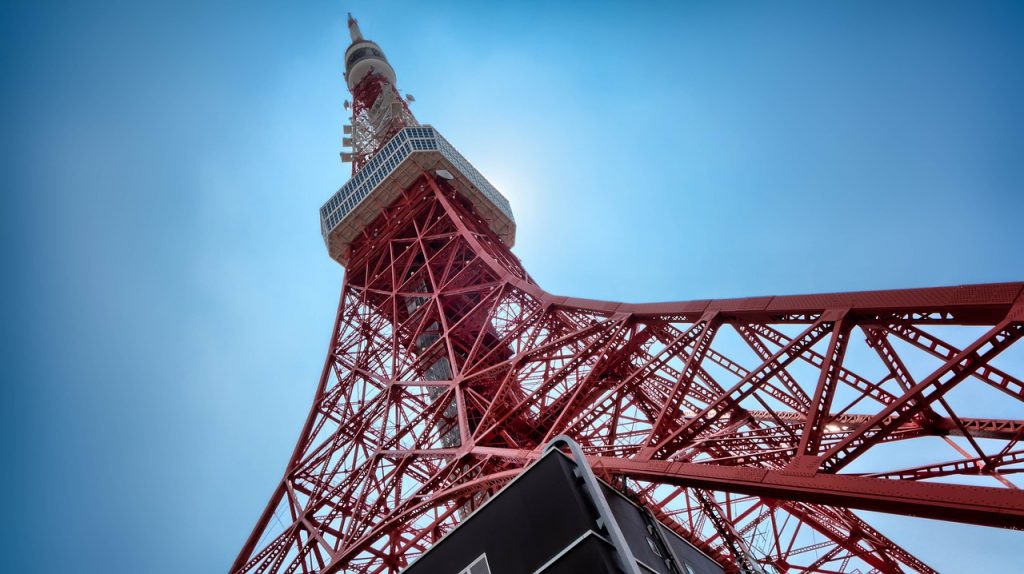
Tokyo’s small factories—Machikoba
Current situation of small factories in Tokyo
Central Tokyo consists of 23 wards, which has 626 km2 in size with a population of 9.4 million, the ninth largest city population in the world. Entire Tokyo area has 30 million in population.
It has more than 29,271 factories (as of 2012), mostly a small and family run business with less than 10 employees. In Japanese, we call these small factories “machikoba”, which means “a town factory”.
Machikoba has been the foundation of Japanese manufacturing industry, producing parts and materials mainly for large companies. Each factory has its specialty and they work as third and fourth tier subcontractor to fill in the special tasks.
Many machikoba have emerged during Japan’s high economic growth in the 1950s and 60s. These machikoba were the engine for rapid economic growth. It attracted many men and women to Tokyo from rural areas all over the country. Although each factory was tiny and small, their preciseness and creativeness in manufacturing have made the reputation of quality and trust that many Japanese companies enjoy now.
Machikoba is opening its door
Hidden behind the large companies, they were unknown as individual and unconnected to the world. Most of them are so small that they didn’t have the capacity to market their services abroad. However, with the fast and vast progress in globalization and wide penetration of information technology worldwide, there are growing new opportunities for manufacturers around the world to work with them.
This article will explain 5 reasons for adding Tokyo’s machikoba as your alternative place for manufacturing prototypes.
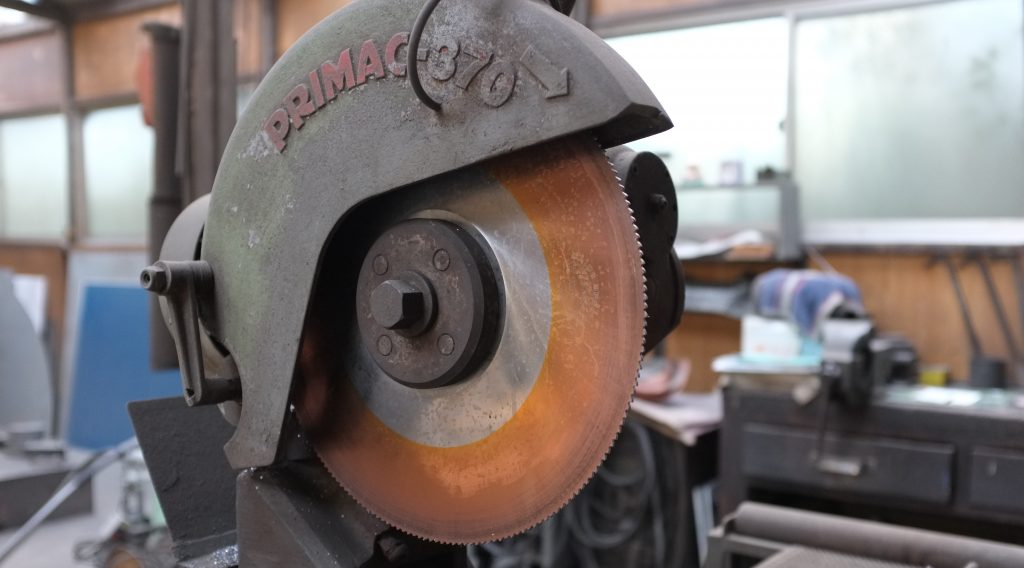
Five Reasons to Consider Tokyo’s Machikoba for Manufacturing Prototypes
[space size=”10px”]
Reason 1: Immense variation in manufacturing
Machikoba in Tokyo has remarkable variation in types of manufacturing: you can find almost all types of skills and techniques, materials, and equipment in diverse size and features. If you search for machining, you’ll find hundreds of specialists subdivided in Tokyo to meet your special needs.
Katsushika- A Machikoba Wonderland
Katsushika, one of the 23 wards in Tokyo, was once known as a town of toy manufacturing industry, which gave Japan a turning point to become a world-class manufacturer, exporting its products all over the world from the early 20th centuries. There are factories producing precision parts, assembling machines and tools, using materials such as metal, rubber, leather, fabric, and plastics.
Known as “machikoba wonderland”, Katsushika still holds its heritage of vast cluster of light engineering factories. Nearly 2,700 factories are now producing products for all kinds industry.
This immense variation in types of manufacturing has provided a huge advantage for Japanese large manufacturers to produce new products. They can easily find an exact factory when they need to manufacture prototypes, saving significant time and money.
Machikoba has been hidden secrets, and large Japanese manufacturers are reluctant to tell you whom they are working with. But now, machikoba is willing to open their doors to the world. And you have more access to them than ever before.
Reason 2: Specialized in special, precise and complicated production
Overcoming Turmoils
Japan has centuries of heritage in precise and meticulous manufacturing, highly skilled and creative, a cornerstone of Japanese technologies, which are deeply embodied in machikoba.
However, machikoba have experienced significant changes. Due to the global shift of manufacturing in past few decades, large companies shifted their manufacturing base abroad. They sought to lower labor costs, by outsourcing to countries such as China and Southeast Asian countries.
As a result, many machikoba lost their business, leading to a considerable decline in a number of factories. In Ota ward, having the largest number of factories among 23 wards of Tokyo, the number of factories peaked in 1983 with 9,177 factories, which declined by more than 60% to 3,481 by 2014.
Aim to become “Only One” in the field
This significant change of environment pushed the remaining factories to focus on their competitive advantage. That is processing and assembling special, precise and complicated products. Being a small company of fewer than 10 employees, machikoba had to centralize its resources to deepen its niche. They need to have skills “only one” in the field. This led machikoba to obtain profound depth in their specialty. Machikoba is niche as a factory, but widely diverse as a cluster.
Reason 3: More than 50 years of history
Proven Quality as Manufacturer
Many machikoba in Tokyo has more than 50 years of history, some more than 60 and 70 years. They sustained their business through drastic changes in the economy, both locally and globally for decades. This fact itself will give you reasons to consider Tokyo as a place to manufacture prototypes.
It shows their quality is proven. You cannot be just lucky to sustain a company for decades. They’ve established themselves within the market, improved their skills and techniques, invested in tools and equipment, learned from mistakes, and maintained loyal, paying customers by delivering products in time and in a budget, day after day.
According to U.S. Bureau of Labor Statistics, “about half of all new establishments survive five years or more and about one-third survive 10 years of more.” When it comes to more than 50 or 60 years, it is quite rare.
It’s also a proof of their ability to cope with changes and new environment. They were able to make the necessary correction to their course. They focused on their strength and took risks to invest.
Tested and filtered by decades of time
In other words, you’re seeing the factories already tested and filtered by decades of time. They survived the severe competition in and out of the country. They went through everlasting turbulence, eliminating more than 60 percent of machikoba in past two decades. Small factories remaining now are the winners in their fields. And they are open to sharing the benefits with you.
What else can you ask for?
Reason 4: Small volumes are welcomed
You need to find a factory which deals with small volumes to manufacture prototypes. This can be quite tricky.
If you go to a leading company, well equipped with large equipment, they may have all the elements you need but may not welcome you. Because their depreciation costs are high and they need a large volume to sustain their business.
On the other hand, if you go to small factories, you may find them welcoming you, but there are possibilities that they don’t have enough knowledge and experience that you need.
Machikoba has years of experience working for large Japanese companies in small as well as large volume. They often manufacture prototypes and custom products. Although they do have the capacity to work on large volume, their business model has the flexibility to work with small volume. They are well equipped for that and understand what it takes to fulfill the requirements.
You can work with one factory for specific parts or materials. Or you can work with manufacturing integrator who can guide you through their network to find a right team for you.
Reason 5: Price is, actually, competitive
Tokyo is pricey in general, but you should look closely
By now, I guess you are wondering about the costs. It’ Tokyo, it must be expensive. Well, don’t be so hasty to make a conclusion.
Yes, you’re right, Tokyo is an expensive place to live and work. According to a report by The Economist Intelligence Unit, Worldwide Cost of Living 2017, a ranking of the world’s major cities, Tokyo ranks 4th after Singapore, Hong Kong, and Zurich. Average US$ price for 1 kg loaf of bread is $7.41 in Tokyo, while the same is $3.55 in Copenhagen and $1 in Mumbai.
So it’s natural that you assume Tokyo is pricey for manufacturing prototypes. But if you look closely, you may find a different story.
Machikoba’s fixed cost is relatively low
First, machikoba’s fixed costs are relatively low. They keep their number of employees small and continuously improve efficiency by training the existing staffs. Also, their land was purchased more than 50 years ago, when the real estate price was still low. Therefore, they are free from high rents or huge debt to run the business. Considering the rise of real estate value since then, it has a strong cost advantage against newcomers.
Second, their lead time for production is short. With decades of experience in the same field, each machikoba has gained remarkable efficiency, a model sample of the experience curve. They look into the nitty-gritty of manufacturing process and try to improve their efficiency day after day.
Machikoba has alternatives
Third, machikoba are capable of proposing an alternative ways to cut your overall costs. They have an accumulation of knowledge in various techniques, materials, equipment and countless cases tested in the past. This will help you think of better ways to cut the cost, which is essential especially for manufacturing prototypes.
Conclusion
Machikoba, small factories in Tokyo, have been hidden assets of large Japanese companies. As globalization making fast and vast move, machikoba is now willing to open their doors to foreign clients. Many machikoba are now handing the business over to second and third generation. Young factory owners are more open for new challenges.
So why not look into small factories in Tokyo as your destination for manufacturing prototypes? You may find more values than you imagine.
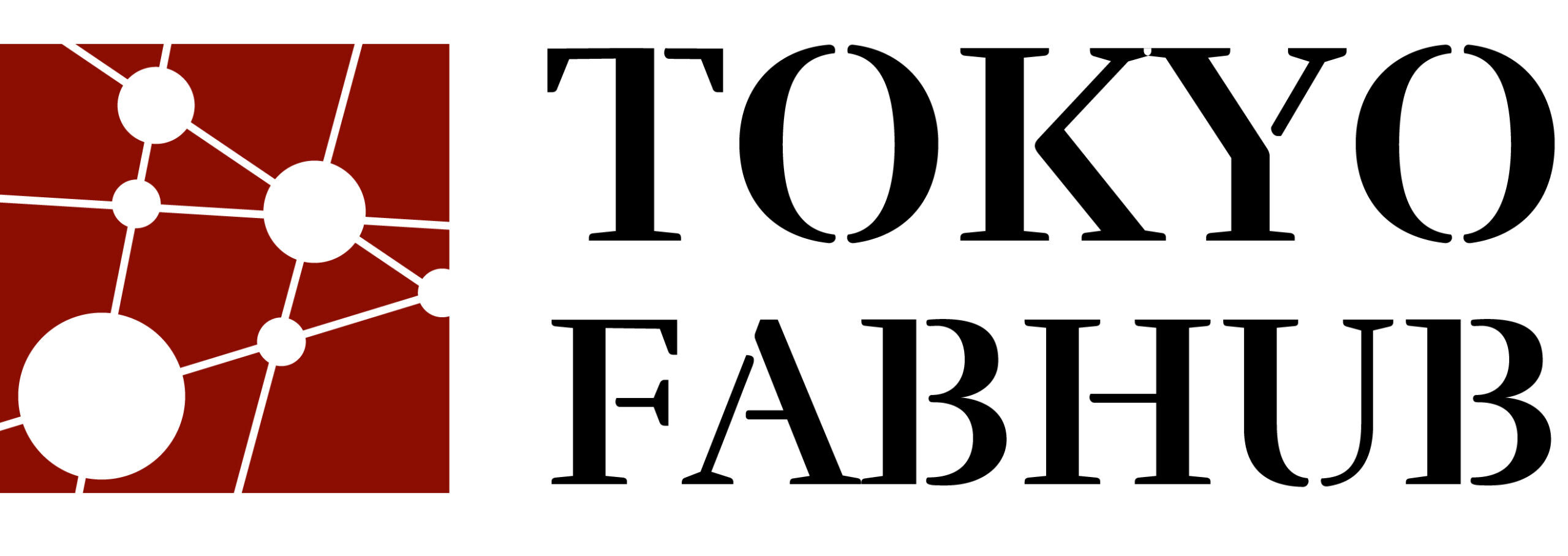
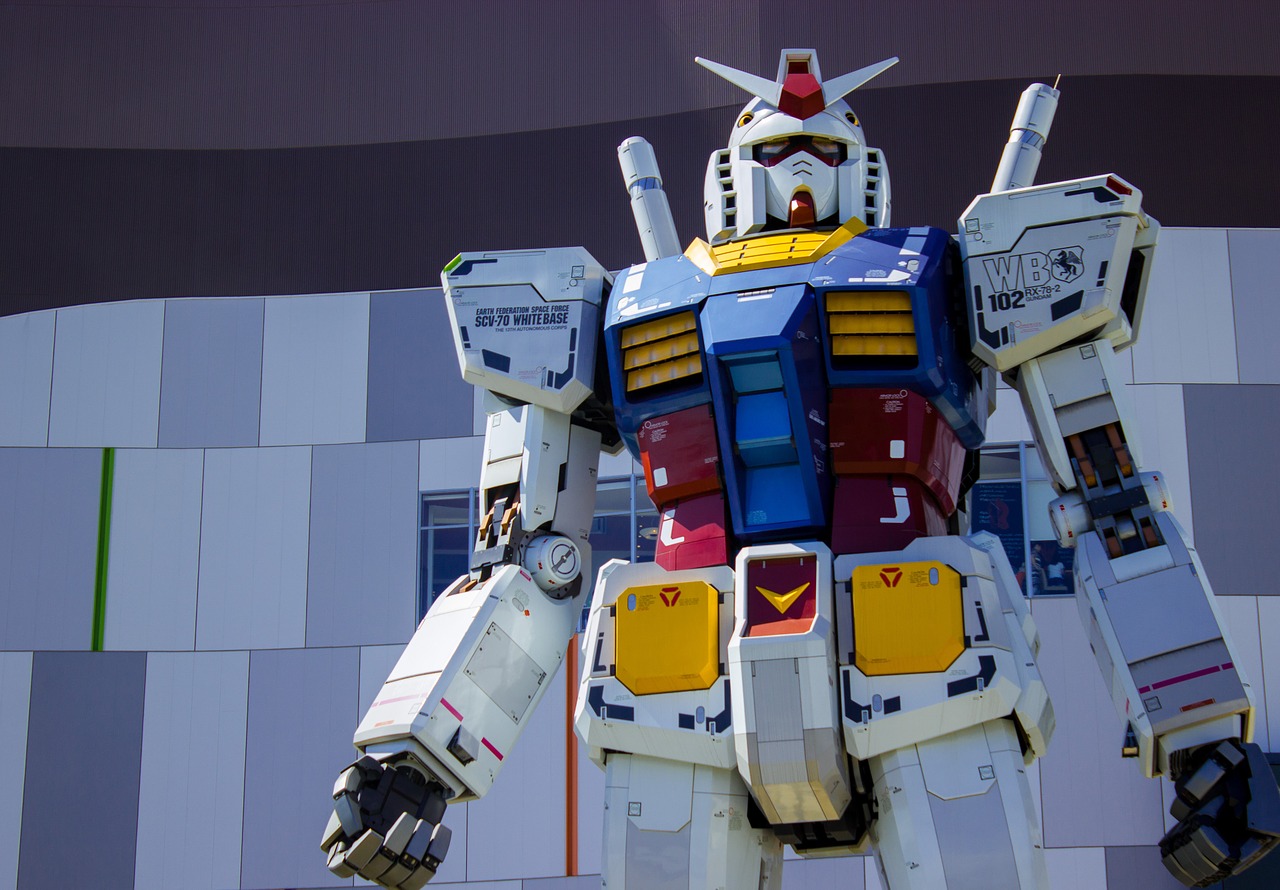
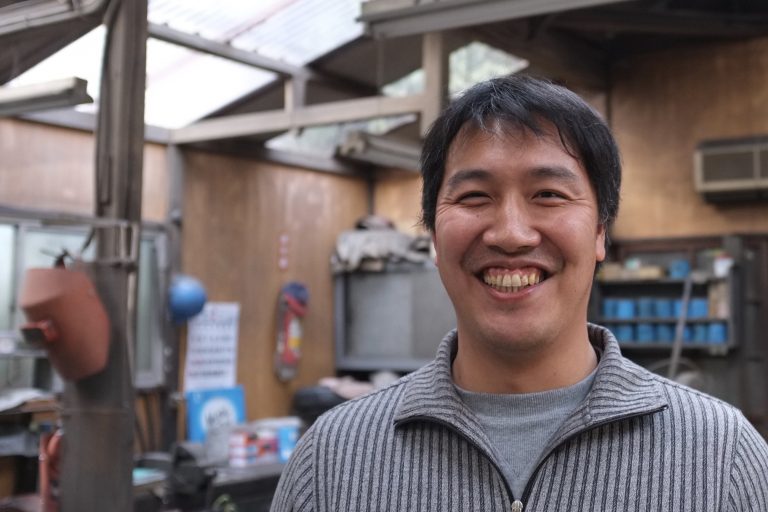
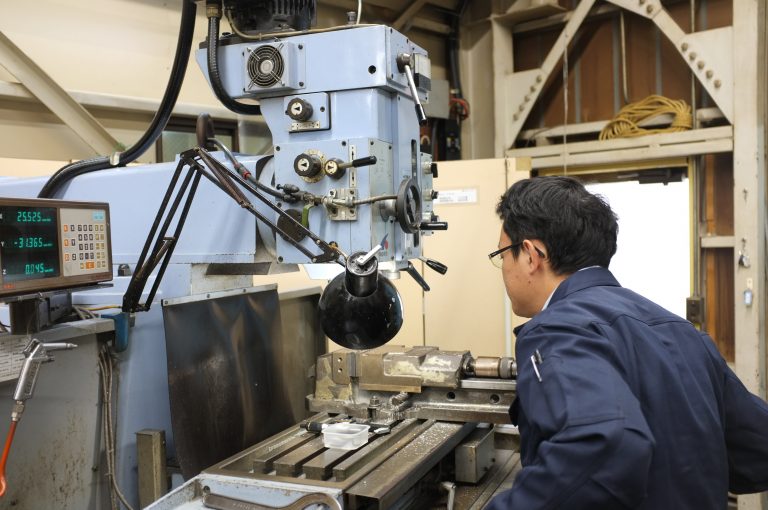
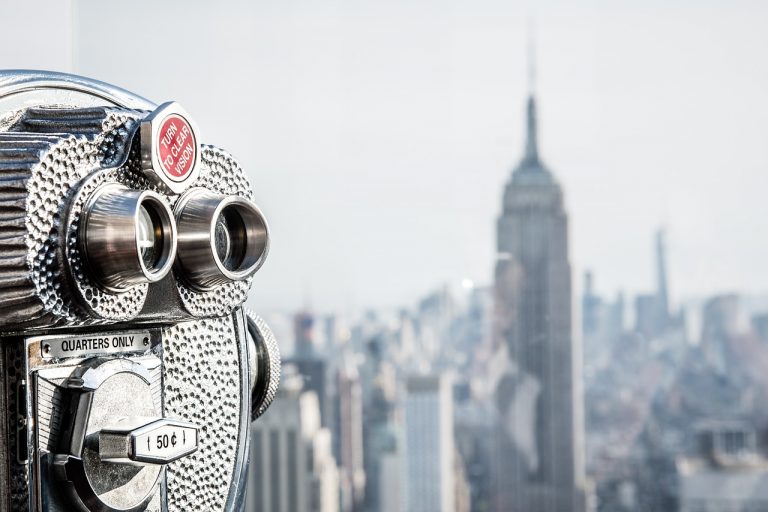
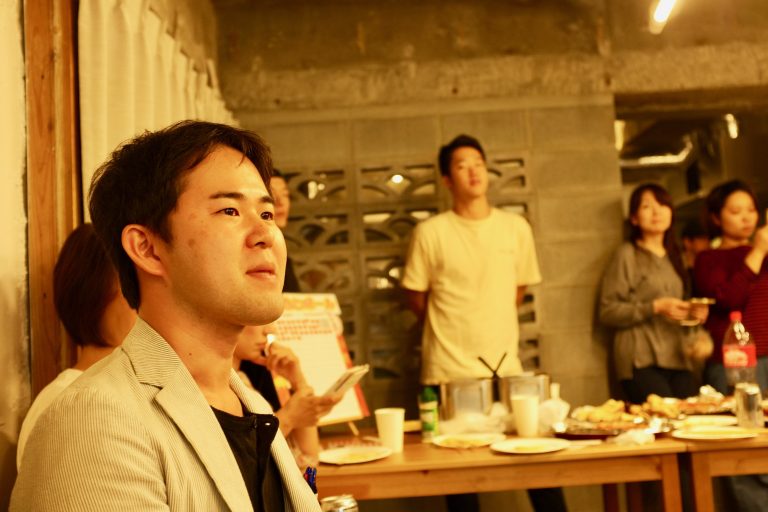
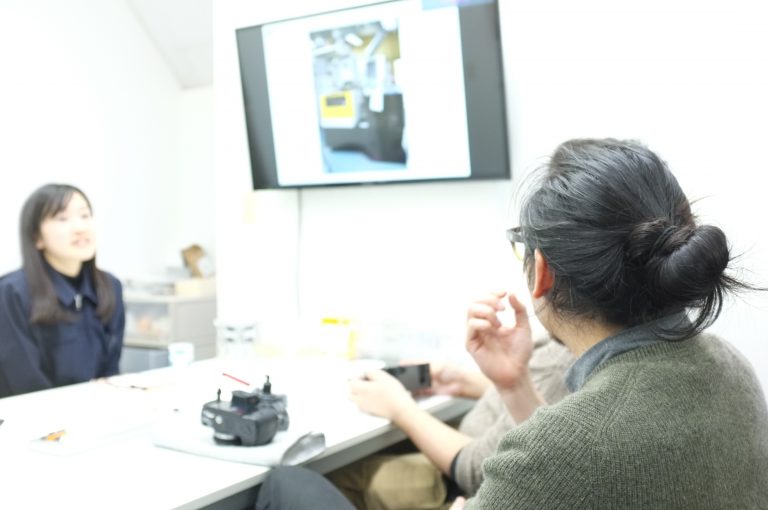
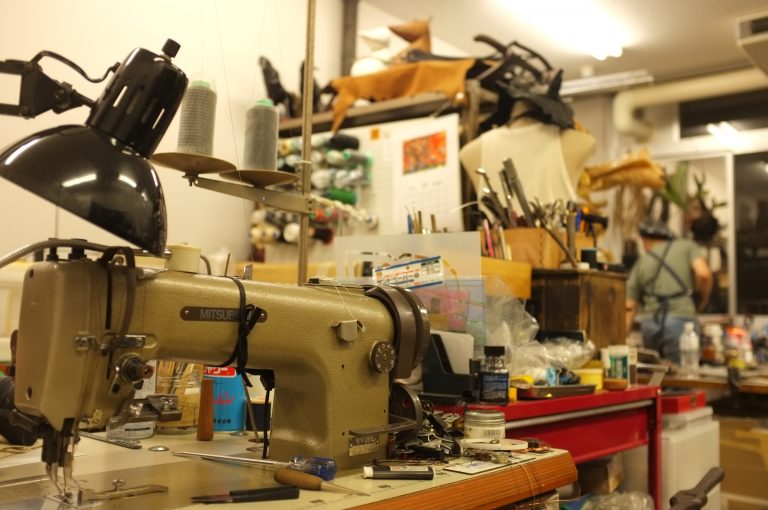
Hello,
Great article first of all! I am a student from Keio University and currently doing my Phd in Architecture. My topic is the residence-combined factory typology in Tokyo, did my first research in Sumida prefecture, around kinshicho especially. Do you think the “Machikoba” can be strictly related with this kind of typology? Most of the small factory which are in the same building as the owner’s residence, tend to be a family business and they are able to save money for the employees while the family run the factory. Machikoba is in general just a small factory in the downtown area of Tokyo or is a typology mixed with house? I am also investiganting on the possible architectural design characteristics of this typology, in order to find some peculiarity unique of this typology. Since its kind of disappearing I think it is important to recognize the qualities among them, and also their design qualities.
Best regards
Kevin
Kevin, thank you! I don’t think it is “strictly” related but many machikoba fit your definition of the residence-combined factory. Let me know if you need any help.